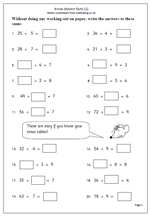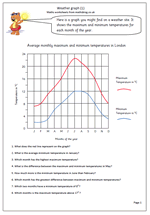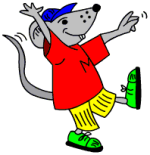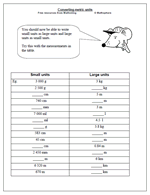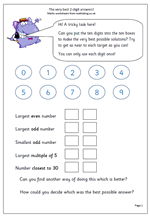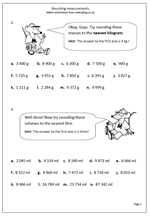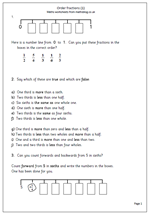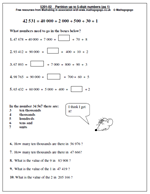Here we have a second page of questions which are an intermediate step in the progress towards developing an efficient, standard written method of multiplication. It presumes a good knowledge of tables before starting.
This method breaks the task down into four parts. For example: when multiplying 538 by 4, the four parts are:
1. multiply 500 by 4
2. Multiply 30 by 4
3. Multiply 8 by 4.
4. Add the four answers to reach the final answer.
Whilst this is a good method I prefer to work in the reverse order of starting with the units, then the tens and finally the hundreds, although if the child understanding what is happening it makes little real difference.

